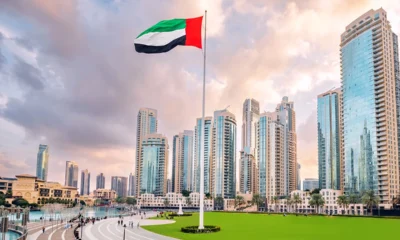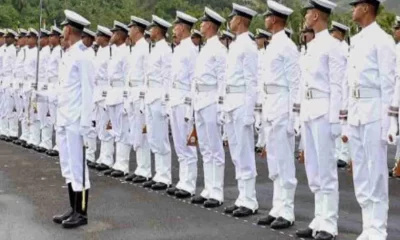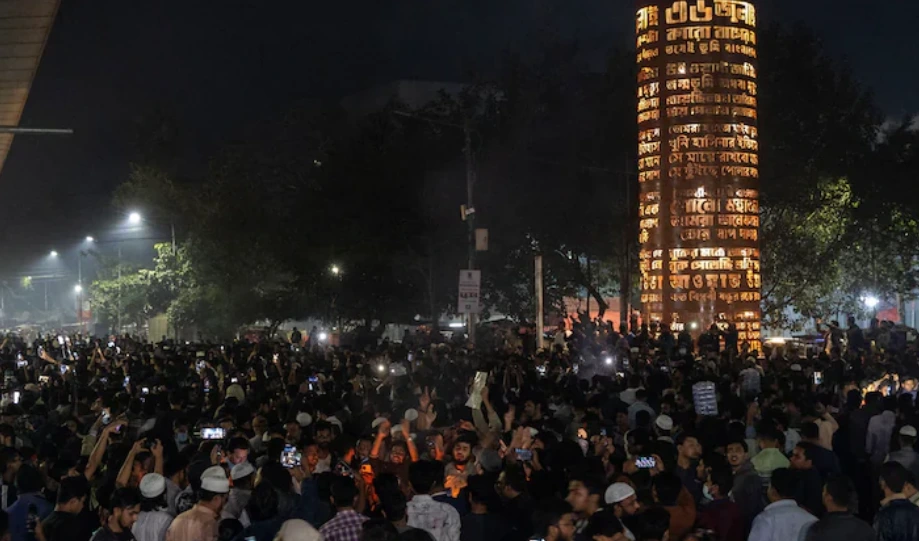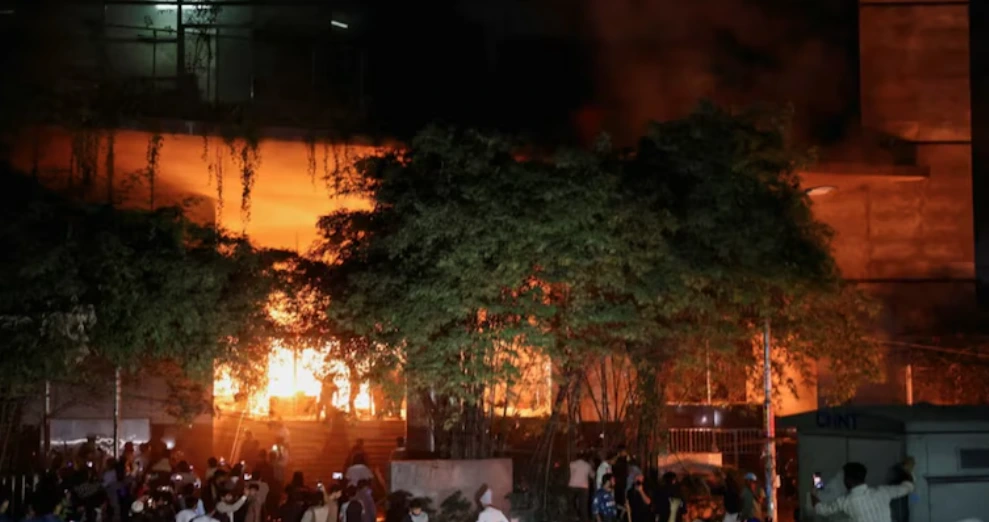Latest world news
Qatar Crisis; European Leaders urge for de-escalation

Latest world news
Hindu man lynched and set on fire in Bangladesh during anti-India protests
A Hindu man was lynched and set on fire in Bangladesh’s Mymensingh district amid rising anti-India protests after the death of a radical student leader.
Latest world news
Bangladesh rocked by violent protests after student leader Sharif Osman Hadi’s death, anti-India slogans raised
Bangladesh has witnessed widespread violence and protests following the death of student leader Sharif Osman Hadi, with arson, anti-India slogans and a nationwide security clampdown.
Latest world news
India closes two more visa centres in Bangladesh amid worsening security concerns
India has temporarily closed visa application centres in Rajshahi and Khulna, citing security concerns following protests near Indian establishments in Bangladesh.
-

 Cricket news20 hours ago
Cricket news20 hours agoT20 World Cup 2026: Selectors weigh Shubman Gill role as India squad announcement awaited
-
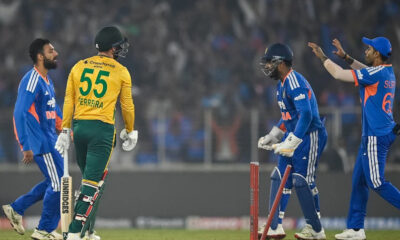
 Cricket news21 hours ago
Cricket news21 hours agoIndia vs South Africa 5th T20I: Hardik Pandya, Tilak Varma power India to 30-run win, series sealed 3-1
-

 India News21 hours ago
India News21 hours agoPM Modi inaugurates India’s first nature-themed airport terminal in Assam
-
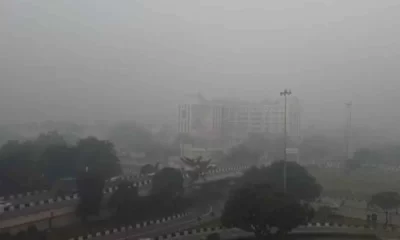
 India News20 hours ago
India News20 hours agoThick smog engulfs Delhi, flights and trains delayed as air quality slips to very poor
-
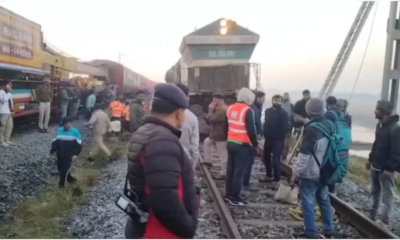
 India News21 hours ago
India News21 hours agoAssam train accident: Eight elephants killed after Rajdhani Express derailment in Hojai
-
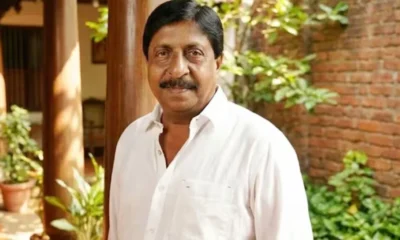
 Entertainment17 hours ago
Entertainment17 hours agoVeteran Malayalam actor and filmmaker Sreenivasan passes away at 69
-

 Cricket news16 hours ago
Cricket news16 hours agoIndia announces T20 World Cup 2026 squad, Shubman Gill dropped as Axar Patel named vice-captain



